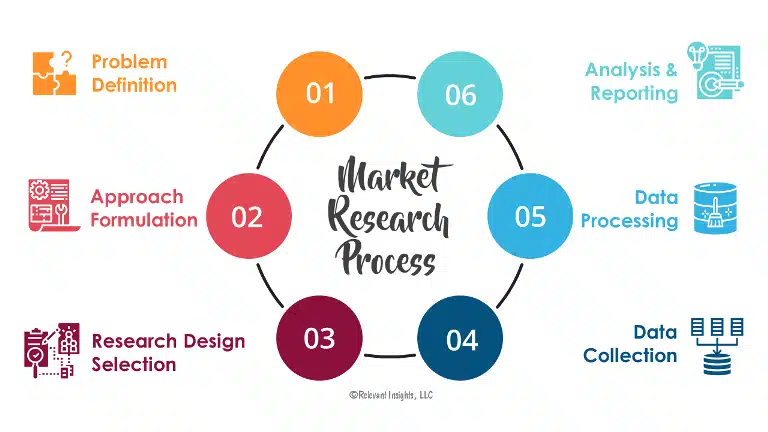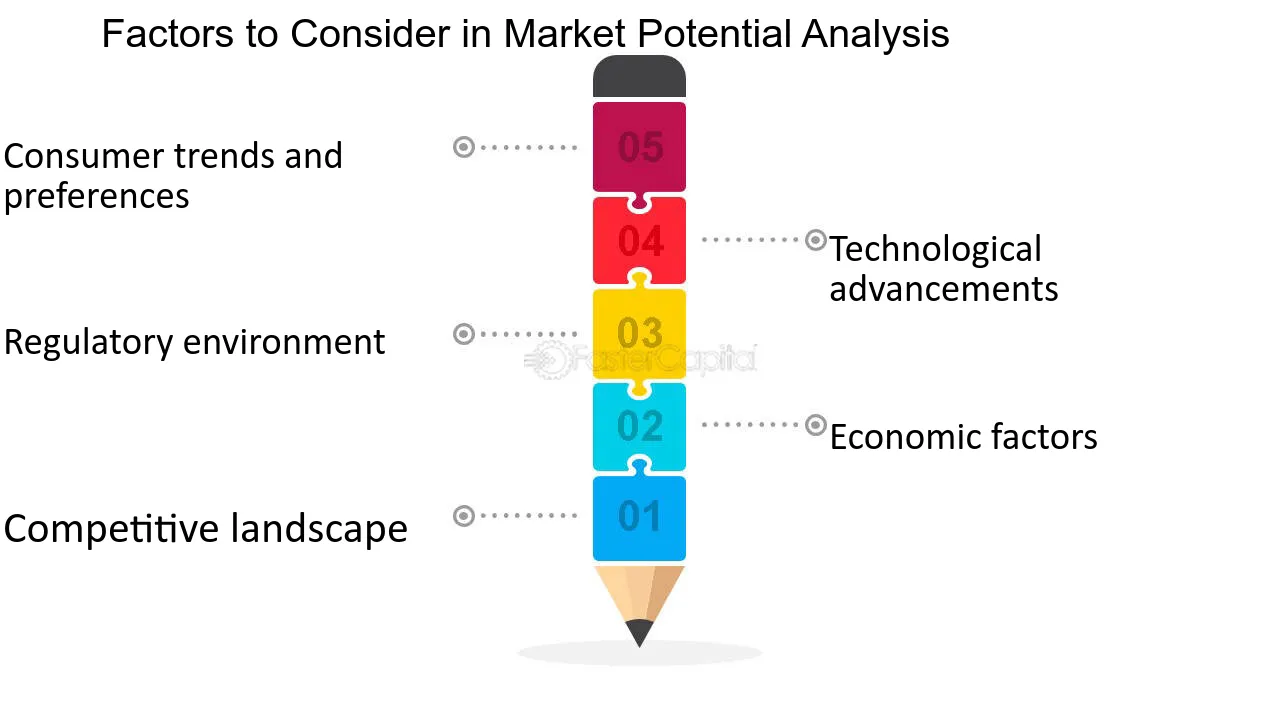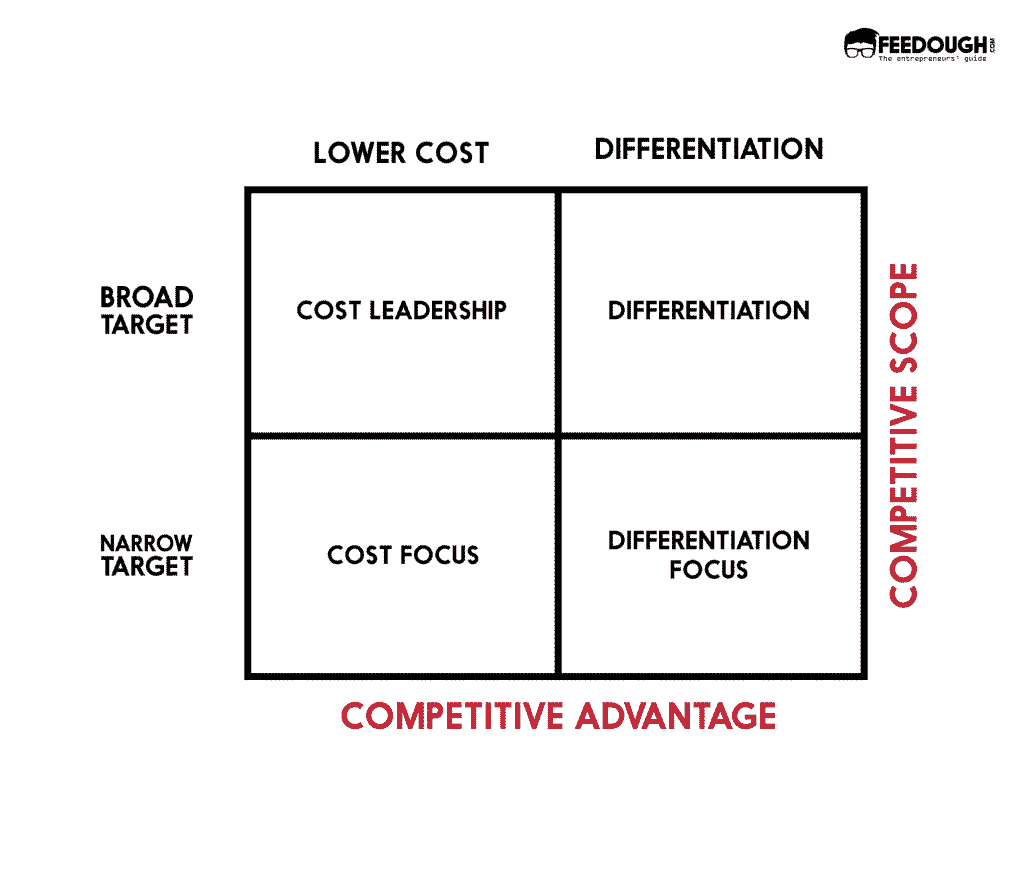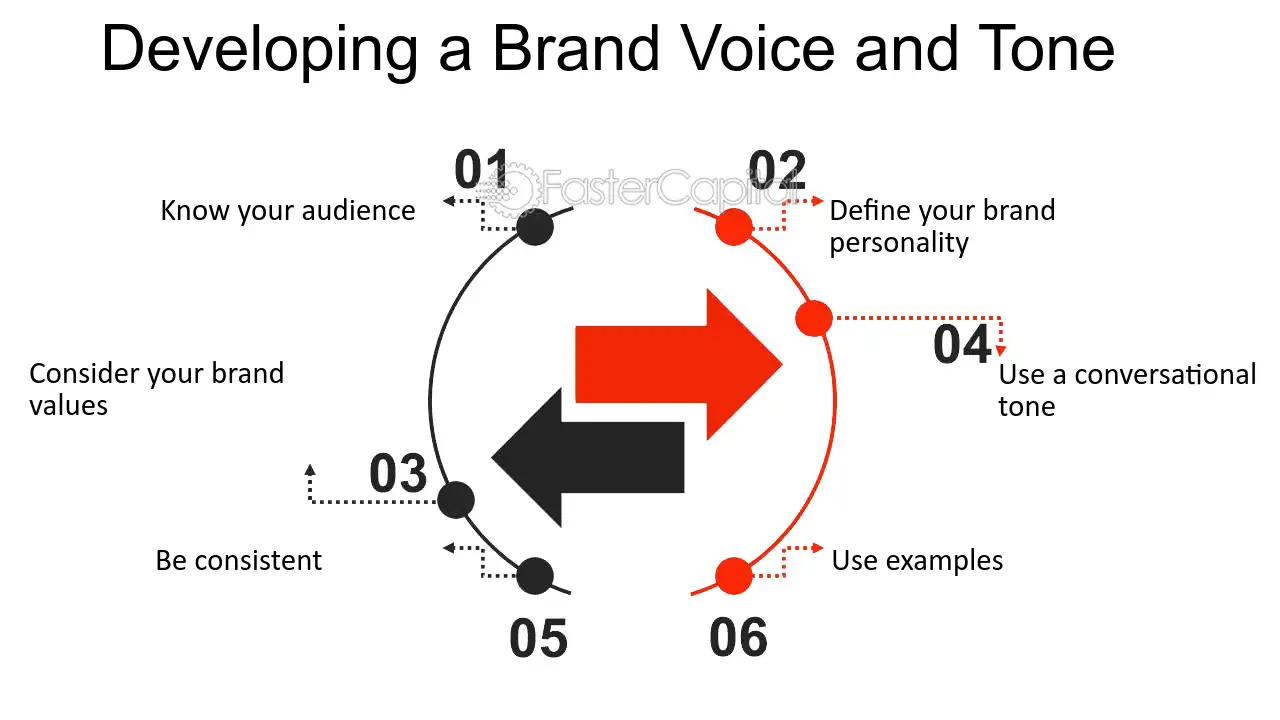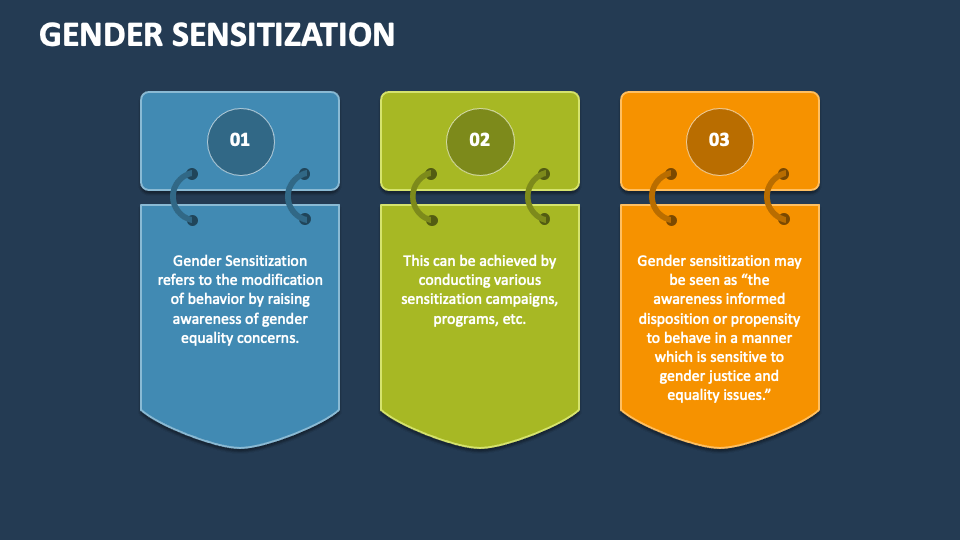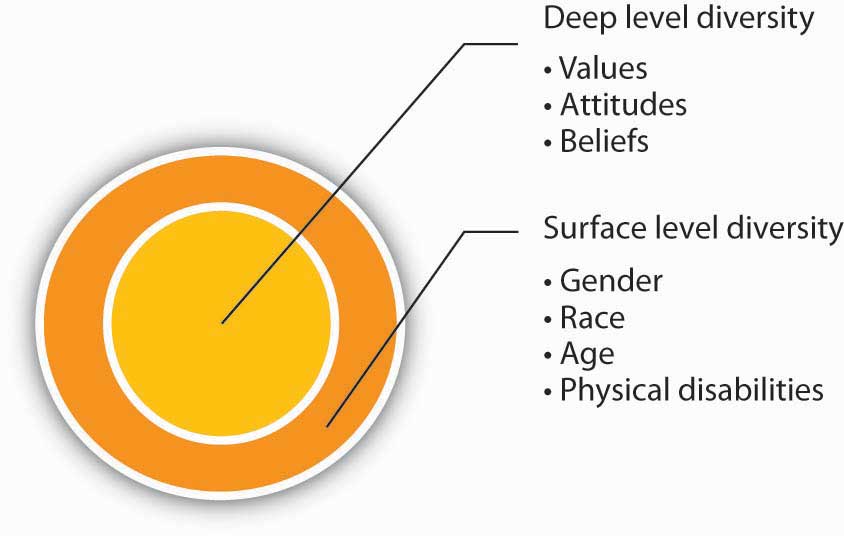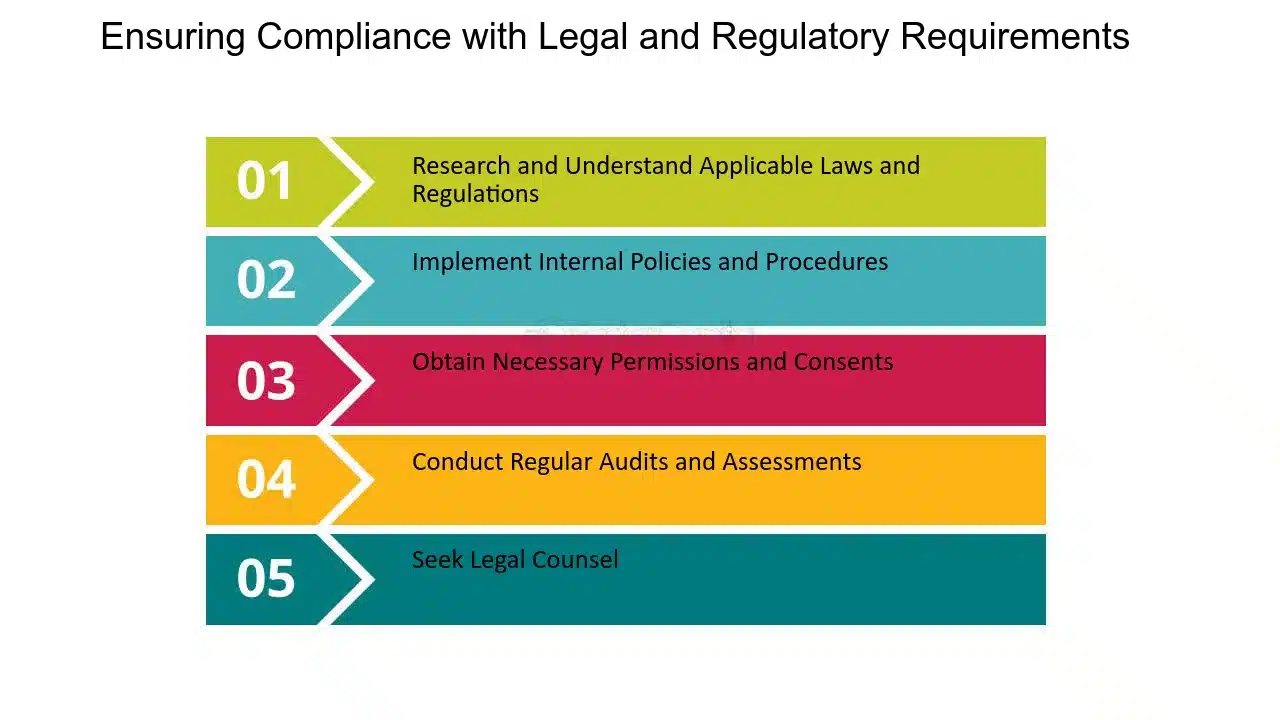As companies expand, they cross cultural and linguistic boundaries.
The dynamic nature of global markets makes it imperative to invest more effort into understanding the specific preferences and needs of distinct demographic groups. Only in this way can one achieve a better connection with their customers and audience.
Conducting market research is the best tool to achieve that!
Market research would help you gain insights into your target demographic, which in turn would guide your strategy when finally entering the chosen market.
Market research translations ensure smooth communication between all parties involved when conducting research. This provides reliable data and better insights into the target demographic.
In the following blog, we’ll explore in detail the impact of market research translations for different demographics as well as several best practices you could implement.
Are you Looking for professional market research translation services?
Milestone helps you accurately translate your surveys, research questionnaires, survey reports, and more in 70+ languages.
What is market research translation?
Market research translation is the process of adapting the original survey text and any additional visuals to the linguistic and cultural codes of your target audience.
Market research translation is a tool that offers researchers as well as marketing teams a way to collect relevant, reliable, and nuanced data from various demographics.
They can do so in multiple languages to accommodate the participants. The data in turn is translated to better inform business goals and strategies.
Overall, market research translation is the best tool to facilitate an efficient and reliable data-collecting process.
What’s more, it allows marketing experts and researchers to gain a more holistic understanding of various demographics to efficiently target their needs and preferences.
Also read: Survey Translation For Global Market Research
Impact of demographics on market research outcomes
Demographics provide valuable insights into the habits and preferences of a specific customer group.
Thus, understanding the demographic factors that shape a target audience would be beneficial to developing the right business approach.
Here are some examples of the impact of demographics on market research outcomes:
Identify your target audience and market segment
Pinning down demographic information, such as age, gender, income, education level, and occupation would help you identify your target audience. This, in turn, ensures that all your localization efforts are directed towards the relevant target groups.
Analyze consumer behavior
Demographic data can help you better understand your customers by analyzing their behavior patterns.
For instance, depending on location and age, certain demographic groups might be more responsive to different formats of surveys.
Develop the right product design and pricing strategies
Demographics have a huge influence on the way a product looks. The pricing, features, and overall aesthetics of the product should resonate with the specific target group.
Develop effective communication
Demographics play a huge role when determining the right communication channels for your target audience.
For instance, young people are more likely to be on social media than elderly demographic groups.
Also read: Top 10 Tips For Social Media Localization
Consider geographic demographics
Location and the so-called urban/rural divide are geographical demographics that have a huge impact on market research outcomes and thus, should be considered. Indeed, regional and cultural differences are essential for a successful business expansion in a new locale.
Assess possible risk factors
Demographic data can reveal trends that in turn could indicate potential risks in the market.
For instance, an aging population might indicate risk for any company targeting young families or younger demographic groups.
At the same time, demographic data can reveal possible new business opportunities.
Overall, demographics are critical for market research. Demographic data can help you make informed decisions and develop on-point business strategies.
Why is it important to translate market research for different demographics?
Translating market research for different demographics is crucial for many reasons:
Gather reliable data
Market research translation can be greatly beneficial for gathering reliable data.
Market research translation allows you to translate your research materials, such as questionnaires, survey and feedback forms, interviews, reports, etc. to reach broader, more diverse audiences. Thus, your research would contain more accurate and representative insights into the market.
Localizing your questionnaires and survey forms would improve the overall experience of your participants. Providing individuals with the opportunity to participate in their native language would inevitably lead to better engagement and retention rates for the participants.
Expand globally
In international markets, marketing research translation can help you easily adapt to the local customs and cultural understanding to achieve global expansion.
Market research translation would allow you to reach broader, international audiences and gain valuable insights into their preferences, needs, and behaviors. In this way, you can better devise a strategy for entering and expanding into various locales worldwide.
Also read: 11 Elements To Consider For A Successful Localization Strategy
Gain competitive advantage
Understanding and effectively catering to the needs of various demographics gives any business a competitive edge. It helps them stand out from their competitors by successfully resonating with a wider range of audiences simultaneously.
Being able to conduct research among different demographics, regardless of language and location, would provide you with all the information you need to create products and services that resonate with your customers.
In this way, you’ll stay on top of your competitors.
Be relevant
Demographic groups have their distinct needs, preferences, and behaviors based on their cultures and beliefs. Adapting market research for each distinct demographic would ensure insightful and accurate data.
Based on this data, one can design their products and services to resonate with the target audience. Having a strategy that aligns with the specific characteristics of your target group would result in increased relevance.
Act strategically
Translated market research facilitates the development of marketing strategies that resonate with the unique characteristics of your target demographics.
As a result, you can devise a marketing campaign that is relevant and effective.
Communicate effectively
When entering new markets, it’s of paramount importance to tailor your marketing materials to the local demographic groups.
Market research translation can help you to reach and get to know your target demographics better. This in turn would allow you to adapt your messages to your customers’ preferences and needs.
Ensure customer satisfaction
Long-term success depends to a huge extent on your customers and their satisfaction with your products or services. Meeting the unique expectations of various demographic groups would inevitably lead to increased customer satisfaction.
In this regard, marketing research translation allows you to adapt your products to better resonate with your target audience,
Mitigate risk
Marketing translation research gives you solid grounds on which you can make informed decisions about your business. Economic and political changes, cultural and linguistic changes as well as demographic shifts can affect your business.
Marketing research allows you to predict and mitigate the risks that these bring about, ensuring steady, long-term growth.
Undoubtedly, translating market research for distinct demographics is key for any business that wants to adapt, connect, and expand in the dynamic and diverse global market.
Also read: Top 10 Translation Companies In India
Tailoring market research translations for specific demographic groups
Tailoring translations for specific demographic groups calls for a strategic approach to create linguistically accurate and culturally relevant output.
In this regard, here are some key considerations that you might want to keep in mind:
Ensure cultural awareness
Make sure to adapt survey questions and research forms’ content to be culturally sensitive. For this purpose, it is best to avoid language expressions or references that may be considered offensive or misunderstood in the specific demographic context.
What’s more, make sure that your content aligns with the cultural values, norms, and preferences of the target demographic. You may have to incorporate culturally relevant examples, illustrations, or scenarios for a better understanding of the questions or tasks included in your research.
Ensure linguistic accuracy
Linguistic accuracy is vital for avoiding misunderstandings and/or misinterpretations.
What’s more, using common expressions and phrases in the local language will help research participants better understand the content and consequently, deliver more insightful responses.
Also read: Top Qualities Of A Good Translation
Adapt tone and style
Different demographics have different preferences when it comes to tone and style.
For example, in some cultures, formal language is better regarded than a more casual tone of voice. This is especially relevant for different age groups or people with higher education levels.
Understanding the preferences of your target demographic will help you increase the participant retention rate of your surveys. In this way, you’ll be able to gain more information and thus, make better-informed decisions in the future.
Localize text and visuals
To reduce the drop-out rate and better resonate with your research participants, it is always advisable to localize any visual or textual information that your questionnaires or forms contain.
Anything from images to measurement units, spelling, date, hour format, etc. should be adapted to your target demographic.
This would inevitably lead to better engagement and retention rates of the participants. What’s more, it could result in more accurate and insightful responses from the participants.
Include demographic-specific references
Tailor market research translations by incorporating examples and references that resonate with the specific demographic group.
In this way, you can ensure that the participants understand and can relate to the content. Additionally, this will help them feel more at ease and provide more accurate insights.
Adapt for gender sensitivity
In some languages, there are distinct, gender-differentiating forms. Other languages are gender-neutral.
When translating your market research for a specific demographic group, gender sensitivity is an aspect you need to pay closer attention to.
Undoubtedly, it can have a favorable effect on the retention rate as well as the quality of the responses in your survey.
Consider any possible survey methodology adjustments
When adapting your research for different demographics, you might want to consider adapting survey methodologies to accommodate your participants.
This may involve adjusting question formats, response options, or the overall survey structure or format.
For instance, conducting surveys exclusively online might limit your participant pool. Thus, offering participants to fill in a paper form and send it per post might be a better option to consider.
Test and adapt
Pilot testing is a great way to gain feedback on how effective your market research translations are. Once you gather some reviews, you can go back and revise the translations accordingly to ensure optimal performance.
Also read: Use Of Checklist in Translation Projects
Reliable Market Research Translation Services
Milestone helps you accurately translate your surveys, research questionnaires, survey reports, and more in 70+ languages.
Adapting market research content to align with cultural preferences
Adapting market research content to align with cultural preferences is essential for resonating with diverse demographics.
What’s more, it would ensure straightforward and thus, efficient communication.
Cultural adaptation, however, entails more than linguistic translation. There are several cultural adaptation strategies that you might want to keep in mind:
Integration of culturally specific symbols, icons, motifs, and colors
Colors and symbols have a special place in every culture. Thus, when adapting your market research to a specific demographic, you might want to integrate certain symbols or colors to better resonate with the local audience.
In addition, you need to beware if your content doesn’t contain any symbols/ colors that might have negative connotations in certain cultures.
Including culture-specific references, symbols, and colors would ensure that the participants understand the content and thus, can accurately respond.
Also read: Localizing Colours For Different Cultures
Incorporate relevant images
People often underestimate how much information an image can convey.
When adapting your market research to a specific demographic, pay closer attention to culturally specific images that can be incorporated.
Focusing on visuals that can resonate with the specific demographics’ lifestyles, values, and preferences would further facilitate straightforward customer communication.
This in turn would lead to more accurate and insightful responses from the research participants.
Use idiomatic expressions
Similarly to symbols and images, idiomatic expressions are present in every culture and are an important part of it.
Thus, incorporating idiomatic expressions into the translations will add authenticity to your research materials, making them more engaging and relatable.
Indeed, presenting research participants with engaging and straightforward research materials will minimize the drop-out rates and increase participant retention.
These cultural adaptation strategies are the best way to establish an emotional connection with the audience.
Challenges in market research translation for different demographics and how to overcome them
Market research translation for different demographics can present several challenges. Overcoming these hurdles, however, is crucial for accurate and effective translation.
Here are some common challenges and the respective strategies to overcome them:
Adapt to linguistic and cultural nuances
Challenge: Adapting your content to the linguistic and cultural nuances could lead to mistakes, which in turn could offend your target audience.
Solution: Work with skilled translators who are native speakers of the target language. As native speakers, they would have a deep cultural and linguistic understanding of the target audience.
In addition, conduct thorough research, investigating the local culture to ensure that the translations will align with the cultural norms, values, and views of your target demographic.
Also read: 8 Ways To Overcome Multilingual Translation Challenges As a Translator
Diverse Demographics
Challenge: Different demographic groups within the same country or speaking the same language may have their varieties, dialects, or even cultures.
Solution: To overcome such drastic differences, it’s advisable to customize translations based on specific demographic characteristics. It might also be useful to consider conducting separate translations for distinct subgroups within a broader demographic.
Idiomatic Expressions
Challenge: Translating idioms or colloquial expressions is a real challenge since direct translations rarely convey the intended meaning.
Solution: To overcome this issue, it’s always best to turn to translators who are familiar with both the source and target cultures. They are well-trained and would be able to find equivalent idioms or expressions that preserve the intended message.
Technology and Tools
Challenge: Relying solely on automated translation tools may lead to linguistic inaccuracies and a lack of cultural nuances. This in turn can deter participants and lead to high dropout rates and inaccurate data.
Solution: While translation tools can aid a more efficient translation process, human translators can ensure quality output. Only skilled translators can ensure that the translation captures cultural context and nuances accurately.
Consistency across platforms and languages
Challenge: Maintaining consistency across different platforms and languages can be challenging when working on different translation projects.
Solution: To ensure consistency in terminology and style, develop a style guide or glossary. Keep in mind that these resources should be regularly updated to reflect any new changes.
Timeliness and Budget Constraints
Challenge: Tight deadlines and budget constraints may have a detrimental effect on the quality of the end translation as well as the number of languages you can get your content translated into.
Solution: Always plan to allow sufficient time for preparation, translation, and any possible changes. When having a limited budget, make sure to prioritize key messages for translation.
Also read: Reduce Localization Costs: 6 Simple Tried And Tested Ways
Legal and Regulatory Compliance
Challenge: Ensuring translations comply with local laws and regulations can be complex since laws regarding data collection or confidentiality might vary within a country.
Solution: Work with legal experts or local professionals to navigate regulatory requirements. What’s more, ensure that translated content adheres to the local laws of each target demographic.
Conclusion
Marketing research translation is the most reliable tool to gain insights into different demographics and cater to their needs and preferences.
Understanding your customers is undoubtedly the best way to ensure steady, long-term growth.
Thus, tailoring market research translation for different demographics can help you expand your business by creating an efficient strategy for your target audiences.
Also read: Localization & Translation Costs: Breakdown Of Factors Involved
Are You Looking for professional Market Research Translation Services?
Milestone helps you accurately translate your surveys, research questionnaires, survey reports, and more in 70+ languages.


